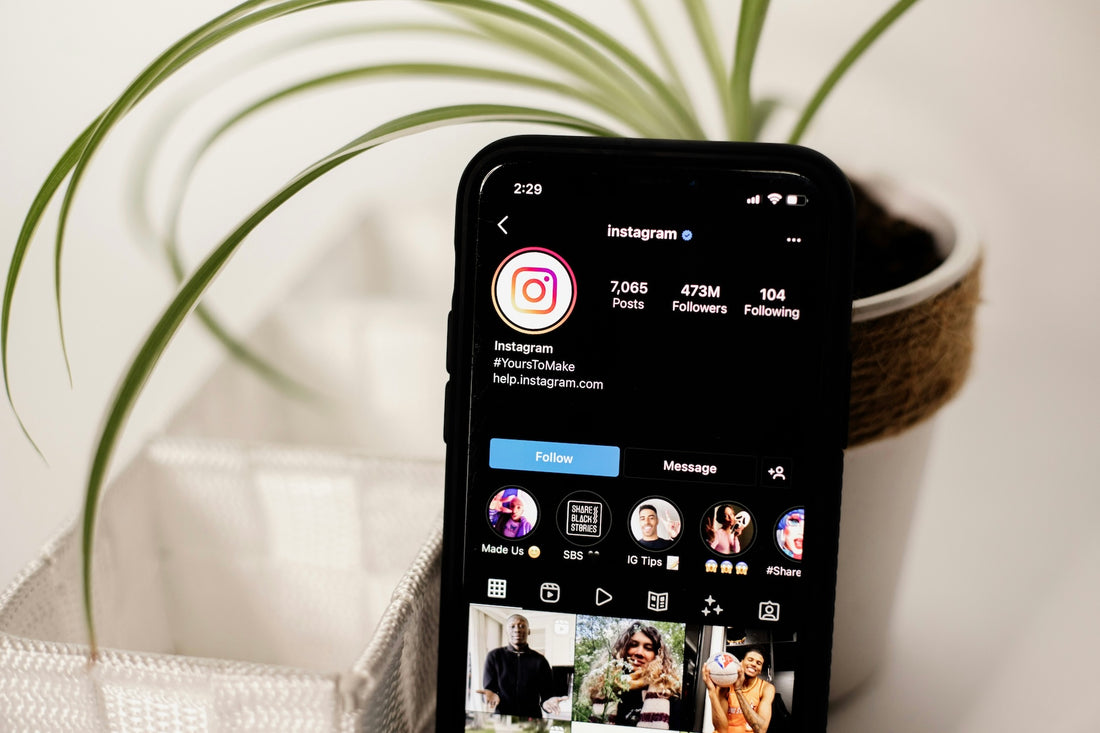
How to Assess Influencer Profile Health for Your Brand (And Top Tools to Use)
Share
Partnering with the right influencers can boost your brand’s visibility, trust, and engagement. But with the rise of fake followers, misleading engagement rates, and superficial partnerships, it’s essential to ensure that any influencer you collaborate with has a healthy and authentic profile. This article will guide you through evaluating influencer profile health and introduce tools that can help you identify the most reliable partners for your brand.
1. Assessing Follower Authenticity
Real followers are crucial to genuine engagement and reach.
What to Look For: Examine an influencer’s follower growth. Abrupt spikes may indicate purchased followers, and a low follower-to-engagement ratio can hint at inactive or fake followers. Authentic profiles show steady follower growth and high-quality, organic engagement.
Tool Suggestions:
• HypeAuditor: This tool uses AI to analyze follower authenticity, detecting fake followers and bot accounts. It provides an influencer score that indicates the quality and authenticity of an influencer’s audience.
• Modash: Modash is another reliable tool that offers in-depth analysis of audience quality, showing the percentage of real followers versus bots, audience demographics, and engagement quality.
2. Engagement Rate and Quality
A high follower count is meaningless without quality engagement.
What to Look For: Rather than just counting likes and comments, focus on the quality of interactions. Do followers ask questions, leave meaningful comments, or show real interest in posts? Bots tend to leave generic comments like “Love this!” or “Great post!” while genuine engagement is more specific.
Tool Suggestions:
• Social Blade: Social Blade provides historical data on followers and engagement, allowing you to track trends and spot unusual engagement patterns.
• TrendHERO: This tool provides a breakdown of likes, comments, and other metrics to determine an influencer’s engagement rate. It also shows patterns that can help you identify any sudden engagement spikes that may suggest inauthentic behavior.
3. Audience Demographics
Ensure an influencer’s audience aligns with your target market.
What to Look For: Analyze an influencer’s audience demographics, including age, location, interests, and language. This data will help you understand whether their followers align with your brand’s target audience. If an influencer’s followers are mostly outside your brand’s target demographic, the partnership may not yield the desired results.
Tool Suggestions:
• Influencity: Influencity provides detailed demographic insights, helping you understand an influencer’s reach by age, location, interests, and other factors.
• Upfluence: Upfluence allows you to search for influencers based on demographic criteria and analyze follower details to find the best match for your brand.
4. Content Relevance and Quality
High-quality content with a consistent style and voice is key.
What to Look For: Review the influencer’s content to see if it aligns with your brand’s tone, values, and aesthetic. Does the influencer produce high-quality images, videos, or stories? Does their content show genuine engagement with products and services? Look for influencers who prioritize quality, as these profiles tend to resonate better with followers.
Tool Suggestions:
• Phlanx: Phlanx can analyze an influencer’s engagement rate and provide insights into content quality and follower interaction.
• Fohr: Fohr not only tracks engagement metrics but also provides insights into content types, consistency, and the overall style of the influencer’s posts.
5. Content Authenticity and Past Collaborations
Influencers with genuine brand partnerships build trust.
What to Look For: Look at the influencer’s past brand collaborations. Do they appear authentic, or does the influencer promote multiple competing products? Authentic influencers limit their partnerships to align with brands they genuinely support, which builds audience trust.
Tool Suggestions:
• Klear: Klear provides a history of an influencer’s brand partnerships, helping you assess if they have collaborated with your competitors or brands that might conflict with your message.
• Influence.co: Influence.co provides influencer profiles with partnership histories, allowing you to see what types of brands an influencer has previously promoted.
6. Evaluating Follower Interaction and Sentiment
Understand how followers react to an influencer’s content.
What to Look For: Beyond likes and comments, assess the sentiment of followers’ interactions. Positive, genuine feedback shows that the influencer has a healthy relationship with their audience. Tools that analyze comment sentiment can be particularly useful here, as they help identify whether followers are truly engaged or if the influencer is receiving negative feedback.
Tool Suggestions:
• Brandwatch: Brandwatch offers sentiment analysis to understand how followers perceive an influencer’s content.
• Sprout Social: Sprout Social can help you track sentiment in social media interactions, providing insights into the quality of an influencer’s relationship with their audience.
